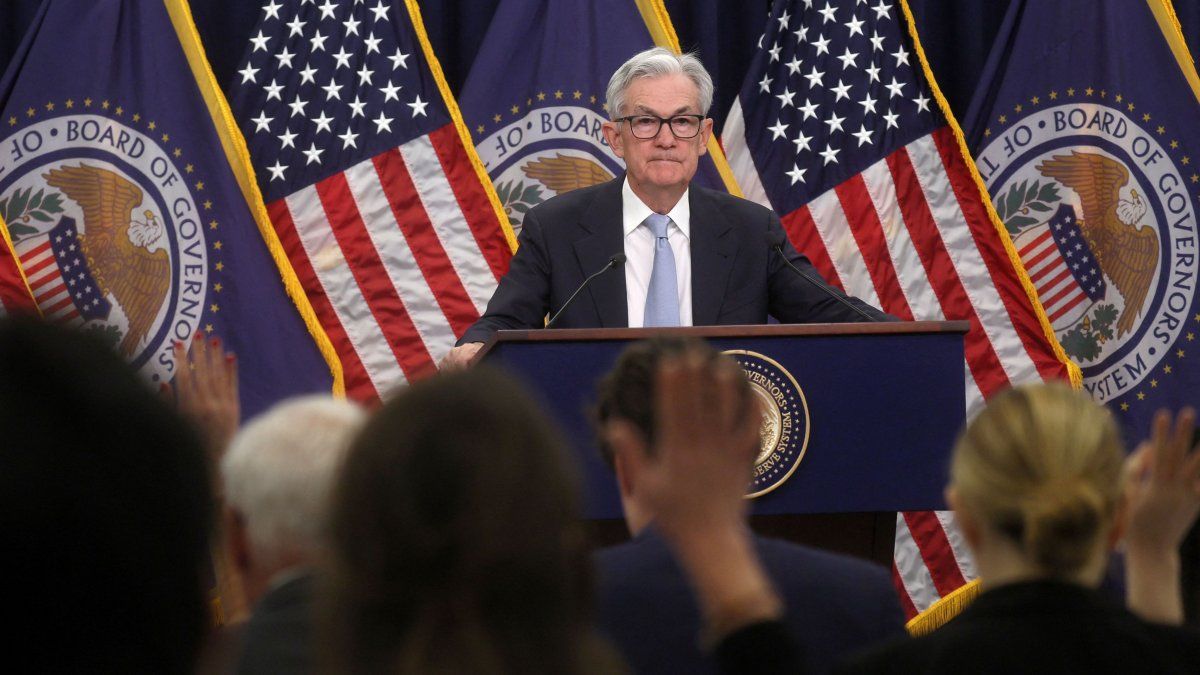The United States created 275 thousand net new jobs in February. A more than impressive number but below the 353 thousand with which it had surprised a month ago in its initial estimate. It is a postcard compatible with the soft landing that the FED craves, far from the abrupt and disturbing acceleration of the first photo that was taken in 2024.
The United States created 275 thousand net new jobs in February. A more than impressive number but below the 353 thousand with which it had surprised a month ago in its initial estimate. Strictly speaking, the data for January and December was revised downwards and 167 thousand previously counted jobs were deleted. Here’s a free lesson: any specific figure must be taken with a grain of salt (even if it makes for a printed headline or shakes the markets). If you really want to know what is happening in real time, the appropriate thing to do is to refine the “noise” of the measurements and analyze averages of observations. Thus, the labor market added 265 thousand net jobs per month in the last quarter. It is a postcard compatible with the soft landing that the Federal Reserve (FED) longs for, far from the abrupt and disturbing acceleration of the first photo that was taken in 2024.
The content you want to access is exclusive to subscribers.
The confusion is not limited to employment. January was supposedly a coven that went unnoticed until the statistics were available a month later. Was the creation of jobs so vibrant, the jump in inflation so sharp? How to reconcile these with the notable simultaneous declines in retail sales, manufacturing activity and capital goods orders? The FED is data-dependent but does not eat glass. The gap between the thermal sensation at the time and the temperature records obtained later was so large as to make one suspicious of the measurements, not adopting any drastic decision or tearing one’s clothes. Watch and wait is the central bank’s unspoken mantra today and, once again, it proved timely. What is expected is that March will provide clarity with the February data, which will confirm or deny the reality behind a succession of strong statistical surprises that do not reveal a consistent common thread.


To begin, Employment grew but not as much as was said. What’s more, if the household survey is considered, smaller and more volatile than the establishment survey, payrolls have been falling for three months. In parallel, the unemployment rate in February rose two tenths to 3.9%. David Rosenberg, an analyst who claims to predict an imminent recession, revived the idea by citing Sahm’s rule. Indeed, unemployment rose half a percentage point from its lows of the last twelve months. Fortunately, Claudia Sahm, who discovered this regularity, also looks at averages and not individual data to draw valid conclusions. And, this being the case, it is premature to assert that the recession has already set in. The economy has had unemployment below the 4% mark for 25 consecutive months (level judged to be the threshold for full employment). That is, as long as job creation does not slow down significantly, whatever Sahm’s regularity says, it will not be a recession either. However, the increase in permanent job losses and the slowdown in wage increases are features of a soft landing that were not present until recently.
February retail inflation will be released this Tuesday. The office in charge – the BLS – still clarified its January numbers. In an off-schedule webinar, he explained the extraordinary impact that the measurement of inflation had on housing services. Specifically, the discrepancy between the rents actually paid by tenants (a market price) and those imputed for the use of their own home (an estimate that arises from a theoretical model) has never been so high. If the cost of housing is excluded, according to the official presentation itself, year-on-year inflation is comfortably at 1.5%. It is another postcard of success. That wholesale inflation and that of import and export prices, and that of the consumer spending deflator, have also risen in January, however, is not due to the cost of accommodation. It will therefore be advisable to be patient until you see the entire indicator strip. Wall Street, more than patience, has sufficiency and promotes a resounding takeoff on account of the soft landing. The bond market, this time, is inclined to give it the right hand. The ten-year rate, after touching 4.30%, sank quickly and is close to 4%. Upon landing in the bag it will travel underneath again. It is an enviable stock market rally, which is not hurt by Nvidia’s slide either, and is slowly seeking to gain a foothold on a broader base of papers.
Source: Ambito




